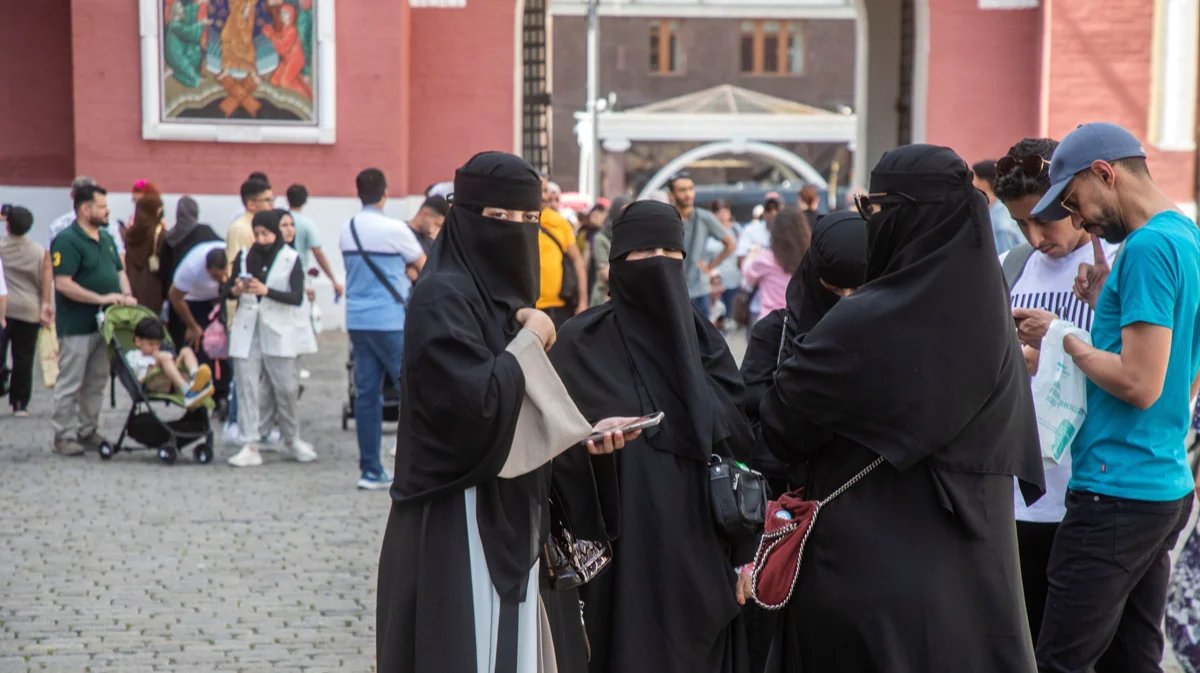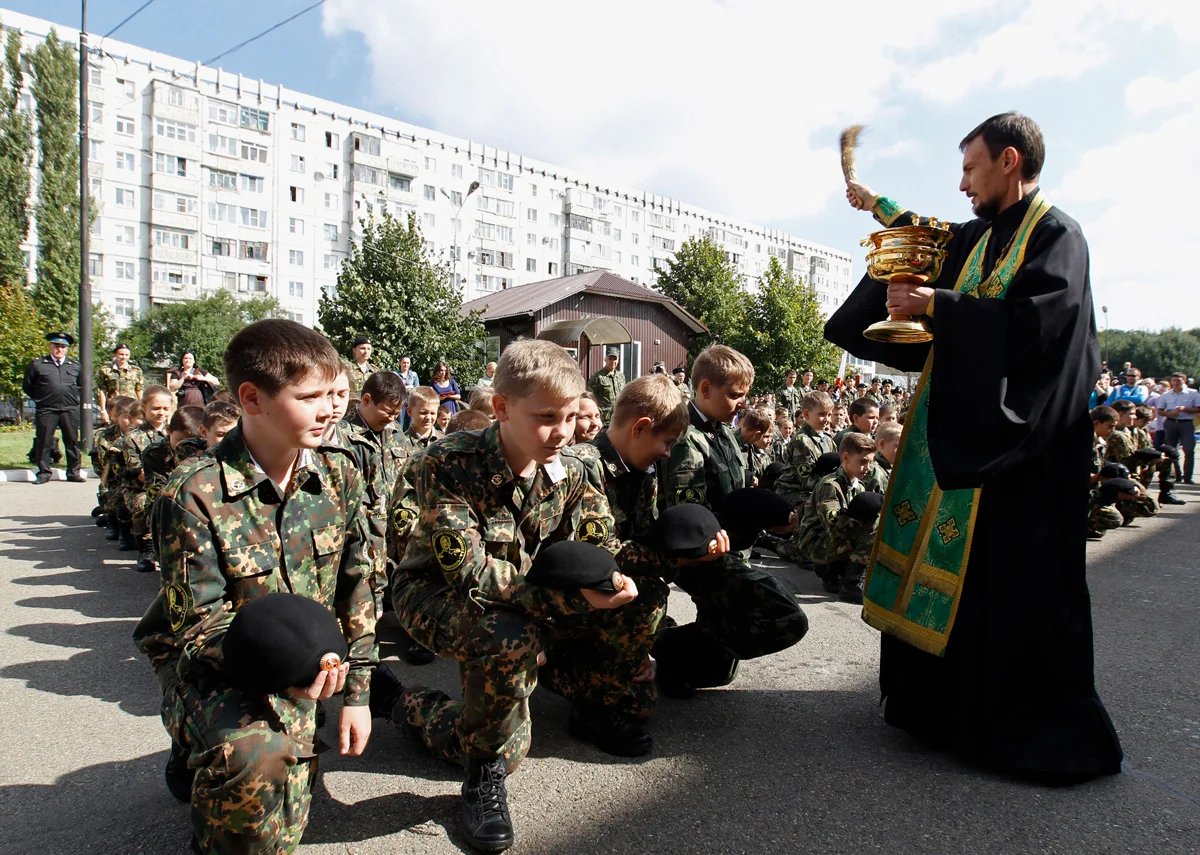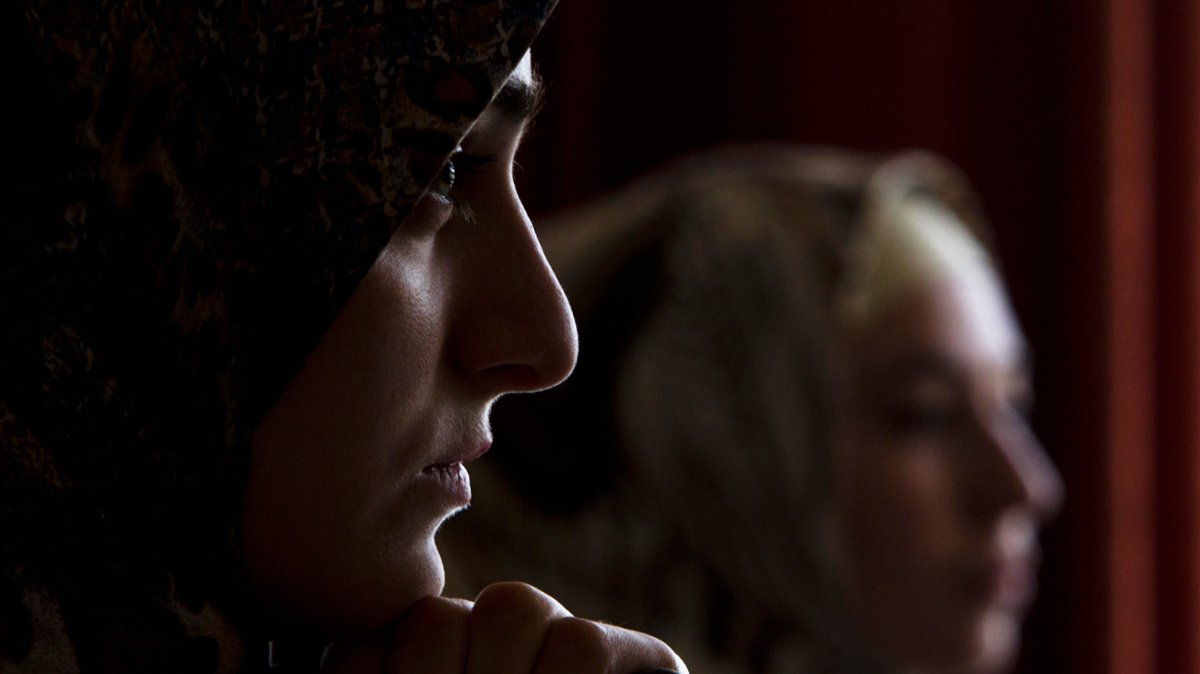The Vladimir region in central Russia has banned those attending its schools and universities from wearing religious clothing, including traditional Muslim garments for women such as the hijab or niqab. While the regional authorities have argued that the ban is necessary to protect the secular nature of education, Muslims from all over Russia are unsurprisingly opposed to the new restrictions.
A secular argument
Legislation banning students from wearing religious garments such as hijabs and niqabs in schools and further education facilities across the Vladimir region came into force on Friday with the region’s Education Ministry arguing that the law is fully aligned with Russia’s secularism, as defined in the country‘s constitution.
The ministry also said that the requirements detailing students’ appearance, regardless of their faith, helped to preserve education’s secular nature and ensured “religious neutrality”.
On Tuesday, after mounting criticism, the region’s deputy governor, Vladimir Kuimov, defended the decree to reporters, telling them that it had been issued following requests made by parents to the regional authorities to help prevent tension between classmates.
Several schools in the Vladimir region have confirmed to Novaya Gazeta Europe that they would no longer allow a pupil wearing either a hijab or a niqab to attend classes. One school director said: “The hijab is not allowed, and neither is a bandana. The rules are the same for everyone. … The regulations that have been introduced are followed by all students. There are no special allowances.”
Any student found violating the regulations at School №23 in the regional capital Vladimir could face disciplinary action, according to independent news outlet Vot Tak, which also reported being told by a school representative that while students were free to express their religious identity at home and in their own free time, no religious symbols could be worn on the school premises.

Women in niqabs on Red Square, Moscow, 29 June 2024. Photo: Nikolay Vinokurov / Alamy / Vida Press
More equal than others
According to the Muslim Spiritual Directorate of Russia, there are nearly 50,000 Muslims in the Vladimir region, which is just northeast of Moscow. The directorate’s deputy chairman Damir Mukhetdinov has already voiced his strong opposition to the ban, arguing that “wearing clothing that complies with religious norms in no way hinders the secular nature and religious neutrality of schools”.
Calling the Education Ministry’s decree absurd, Mukhetdinov said that it was “ridiculous” to think that Christians, Muslims, Jews or Buddhists in Russia would simply be able to “remove” their religious identity on school grounds, and turn into agnostics or atheists.
Mukhetdinov said that he thought the legislation was both hypocritical and would disproportionately affect minority religions such as Islam.
“The situation seems even more ridiculous when you imagine teachers taking off their pupils’ crosses, kippahs, prayer shawls, or other items of religious clothing,” he added.
Mukhetdinov said that he thought the legislation was both hypocritical and would disproportionately affect minority religions such as Islam, dismissing the idea that Christian clergymen would ever be asked to remove their religious garments by the regional authorities.
Indeed, Mukhetdinov points out that the regional authorities thought little of undermining their own commitment to secularity in schooling last year when the regional Education Ministry and the Russian Orthodox Church signed an agreement that allowed Orthodox clergymen to visit schools for “conversations on spiritual and moral topics”.

An Orthodox priest blesses cadets at a school in Stavropol in Russia’s North Caucasus, 12 September 2014. Photo: Eduard Kornienko / Reuters / Scanpix / LETA
Bulach Chankalaev, a well-known figure in the majority Muslim North Caucasus republic of Dagestan, also expressed his concern about the Vladimir region ban in a video message addressed to Vladimir Putin, in which he called for the restrictions to be lifted, and stressed that such a rule “should not exist anywhere”.
The Vladimir region ban has inevitably become a hot topic with local residents as well. Under a post on Russian social media giant VK announcing the new restrictions, one resident responded by saying that the decree went against Russia’s tradition of being “friends with the Islamic world” and that the Vladimir region had decided to align itself with “the extremely leftist values of godless France,” alluding to France’s own controversial ban on the wearing of religious symbols in schools. Another commenter pointed out that discrimination was the inevitable result of “forbidding Muslims to observe their religious rituals, while allowing Christians to observe theirs”.
Some residents have also become increasingly concerned that restrictions may broaden and Christian crosses may soon be banned from school walls.
Meanwhile, many commented under the post in support of the Education Ministry with some calling for the ban to be extended to the rest of Russia “as soon as possible” in order to protect “Russian people, Russian national identity and culture”.
Others thanked the authorities “for defending Russians” and called for those who felt the need to display their religion through clothing to attend “madrasas or Orthodox schools”.
The latest of many
Vladimir is not the first region in Russia to ban the wearing of hijabs in schools, however. Leading the charge was the Stavropol region in the North Caucasus in 2013, followed closely by the republic of Mordovia in western Russia one year later. In 2015, both the Volga region republic of Chuvashia and the majority Muslim republic of Kabardino-Balkaria both introduced similar bans, and were joined by the predominantly Muslim republic of Tatarstan in 2017.
In May, the vice speaker of Russia’s State Duma, Vladislav Davankov, introduced a federal bill banning any clothing with religious symbolism from being worn in schools across Russia that would have granted regional Education Ministries the authority to restrict the wearing of niqabs.

Chechnya’s Supreme Mufti Salah Mezhiev with Chechen warlord Ramzan Kadyrov. Photo: Muftiate of the Chechen Republic / Telegram
However, having failed to gain vital Kremlin support, the bill was quickly shot down and Davankov himself soon found himself subjected to attack by Adam Delimkhanov, a prominent State Duma deputy representing Chechnya, who reminded him that wearing the hijab was “a Muslim woman’s religious duty” and that Davankov’s proposals “directly contradict the Russian constitution, which guarantees freedom of religion.”
Chechen officials and religious leaders have been especially vocal in their condemnation of the ban, with Chechen head Ramzan Kadyrov demonstrating a typically blunt reaction by threatening to kill anyone who told his daughter to take off her hijab. “I’ll shoot you right away, whoever it is. This is the enemy, my personal enemy, the enemy of Islam,” Kadyrov warned.
Chechnya’s Grand Mufti, Salah Mezhiev, also spoke out against the ban and called the decree a violation of the Russian constitution, adding that the decree had been specifically aimed against Muslims to incite “ethnic and interreligious strife”.
Join us in rebuilding Novaya Gazeta Europe
The Russian government has banned independent media. We were forced to leave our country in order to keep doing our job, telling our readers about what is going on Russia, Ukraine and Europe.
We will continue fighting against warfare and dictatorship. We believe that freedom of speech is the most efficient antidote against tyranny. Support us financially to help us fight for peace and freedom.
By clicking the Support button, you agree to the processing of your personal data.
To cancel a regular donation, please write to [email protected]

